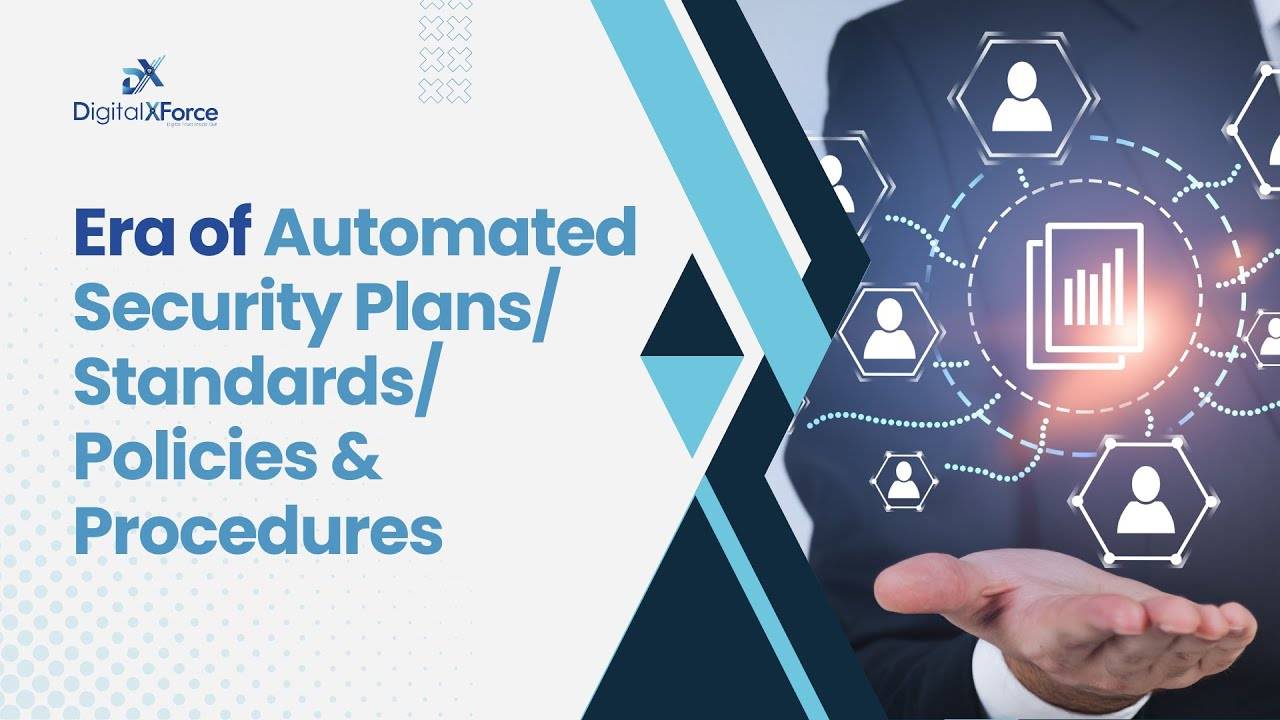
Operational Technology (OT) security safeguards industrial environments. The convergence of OT with IT exposes industrial systems to new vulnerabilities, making robust asset management practices essential for security and operational continuity.
This article explores the importance of comprehensive asset management in OT security and details methods to create and maintain an effective asset inventory. Efficient asset management achieves operational efficiency by ensuring all devices function effectively and minimizing unexpected breakdowns.

OT Asset Management Steps
Developing a comprehensive asset inventory marks the first step in efficient OT asset management. This procedure involves multiple stages:
Step 1: Identify and Categorize all Assets
Start by identifying all resources in the operational technology (OT) ecosystem.
This encompasses many physical devices, including:
- Programmable Logic Controllers (PLCs)
- Human Machine Interfaces (HMIs)
- Sensors
- Actuators
- Workstations
- Servers
(a) Identify Software and Apps: Including operating systems, firmware, installed apps, and network protocols.
(b) Identify Network Components: Switches, routers, firewalls, and other devices used for networking purposes.
Classify these assets according to their function, manufacturer, and importance to operations. This classification aids in determining the order of importance for security measures for the most crucial assets.
Step 2: Gathering Elaborate Data
Collect comprehensive data for every asset. Important data points to note consist of the following information:
- Type and model of the device
- Manufacturer of the device
- IP and MAC addresses associated with the device
- Firmware and operating system versions installed on the device
• List of installed applications
• Currently utilized network ports
This comprehensive information is crucial for the management of vulnerabilities and the reaction to incidents.
Step 3: Enacting Continuous Monitoring
Operational Technology (OT) environments have a dynamic nature, with assets frequently added, deleted, or changed. Continuous monitoring keeps the asset inventory current. Use network monitoring tools and sensors to automatically identify network alterations and revise the inventory accordingly.
Strategies for Optimal Asset Management
Asset management enhances OT security significantly. Consider these strategies for optimal asset management:
1. Passive Monitoring
Examine network traffic to identify and document assets without disrupting their function. Use network sensors and traffic analyzers to capture data such as:
- IP addresses
- MAC addresses
- Communication patterns
2. Active Querying
Actively seek and retrieve information from databases or data sources. While passive monitoring establishes a basic reference point, active querying gathers more comprehensive and specific data. To do this:
i. Transmit inquiries to devices
ii. Collect data on:
- Firmware versions
- Installed programs
- Configuration settings
3. Vulnerability Assessment
Conduct regular vulnerability assessments to detect potential security weaknesses. To do this:
i. Employ technologies that compare asset information with established vulnerabilities.
ii. Gain a comprehensive understanding of each asset’s security status.
iii. Use this information to prioritize patching and remediation actions
Regular assessments provide vital data for maintaining the security of your OT environment.
4. Partitioning and Authorization
Implement network segmentation and access control policies to mitigate potential security breach consequences. To achieve this:
i. Divide the network into segments based on asset importance and purpose
ii. Confine threats and prevent them from spreading throughout the OT environment
iii. Enforce stringent access restrictions
This approach ensures that only authorized personnel can interact with critical assets.
Conclusion
Comprehensive asset management is crucial for effective OT security. By maintaining a detailed and up-to-date asset inventory, organizations can significantly enhance their risk assessment, incident response, and compliance efforts. This approach is key to safeguarding essential infrastructure and ensuring the smooth operation of industrial processes. Successfully implementing asset management requires overcoming existing challenges such as outdated systems, resource constraints, and potential operational disruptions.
Organizations can build a resilient and secure OT environment by adhering to best practices and leveraging automated tools like DigitalXForce, which offers comprehensive attack surface management plus a FREE asset inventory module. As OT landscapes continue to evolve, the importance of maintaining a current and thorough asset inventory cannot be overstated.
This foundational element underpins a robust cybersecurity strategy, enabling organizations to stay ahead of emerging threats and maintain operational integrity. In essence, comprehensive asset management is not just a security measure—it’s a strategic imperative for the continued success and safety of industrial operations in our increasingly connected world.

About The Author



